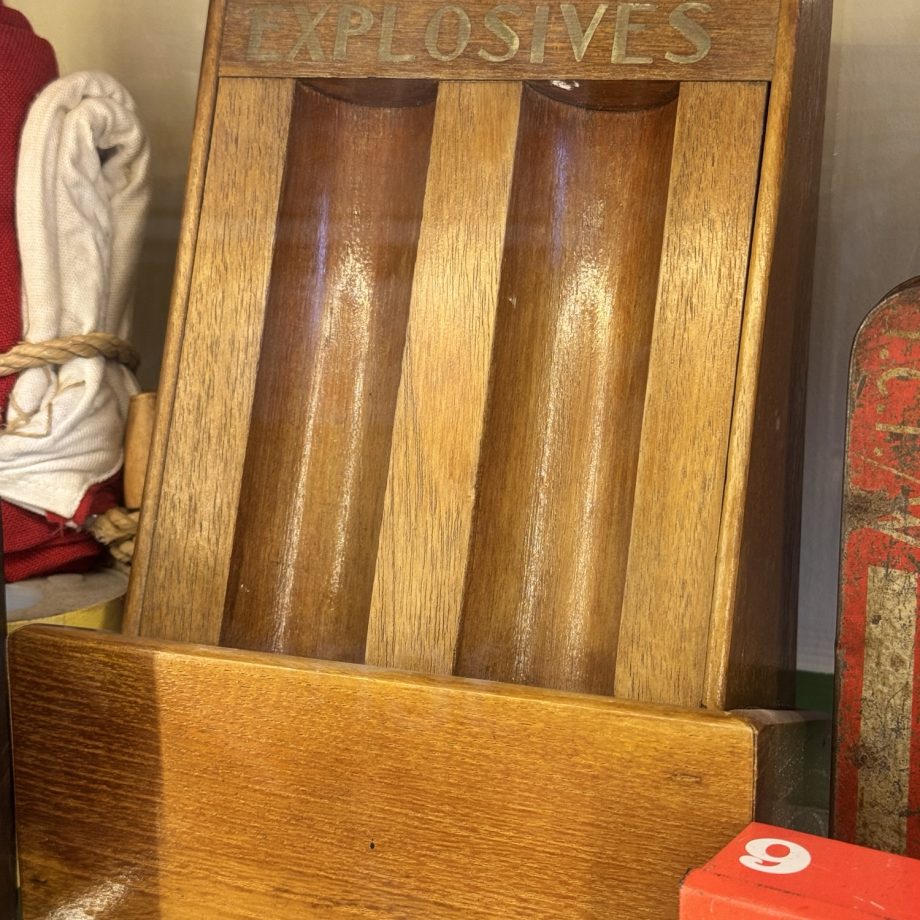
Nobel Explosives Display Stand
A wooden display stand for sticks of dynamite from Nobel Explosives, Ayrshire.

A wooden display stand for sticks of dynamite from Nobel Explosives, Ayrshire.
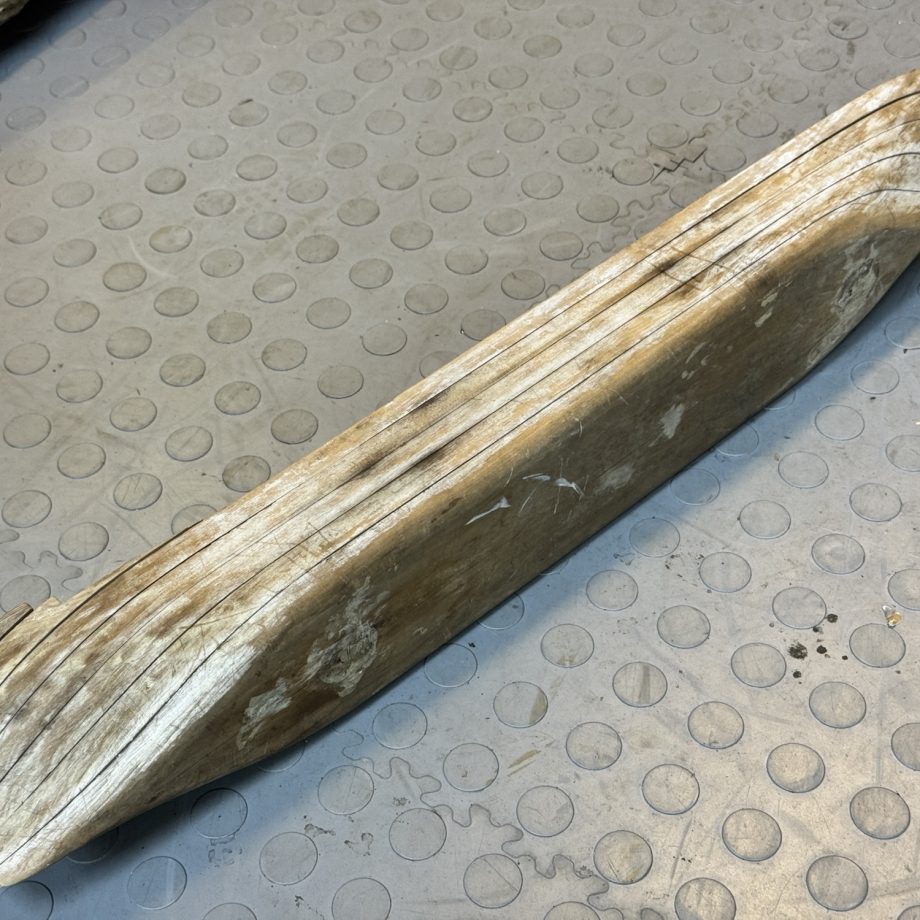
A model wooden ship hull, origin unknown.
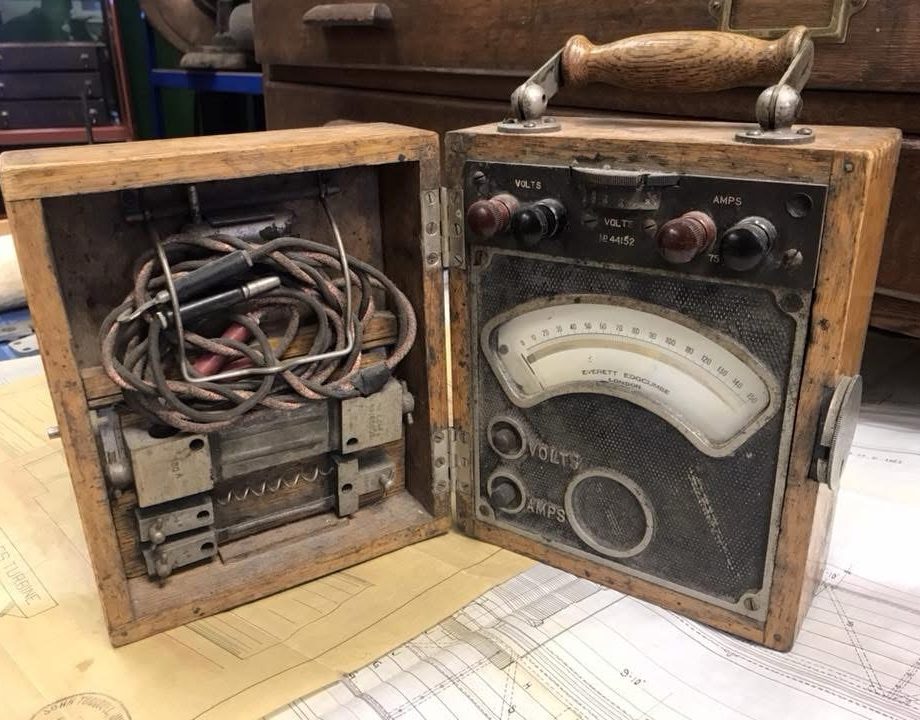
A combined voltmeter and ammeter made by Everett, Edgcumbe & Co of London.
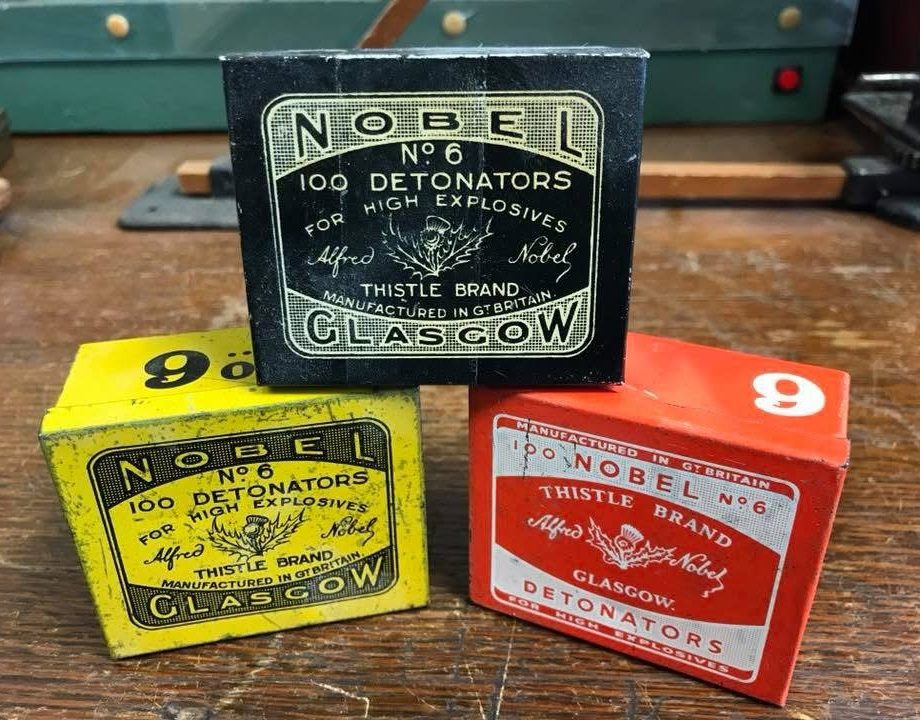
Three tins that held detonators from Nobel’s Explosives, Ayrshire.
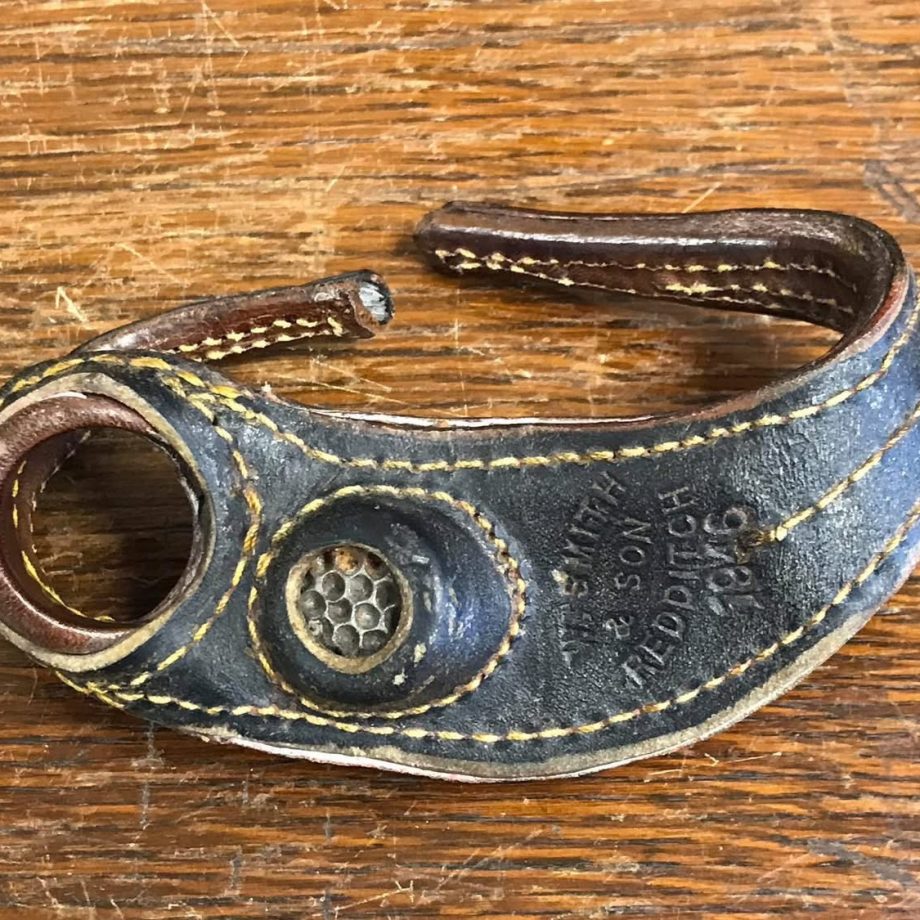
A sailmaker’s palm, for pushing needles through thick fabric.

A small model of the Royal Sovereign, a paddle steamer built in 1897 by Fairfields shipyard in Govan.
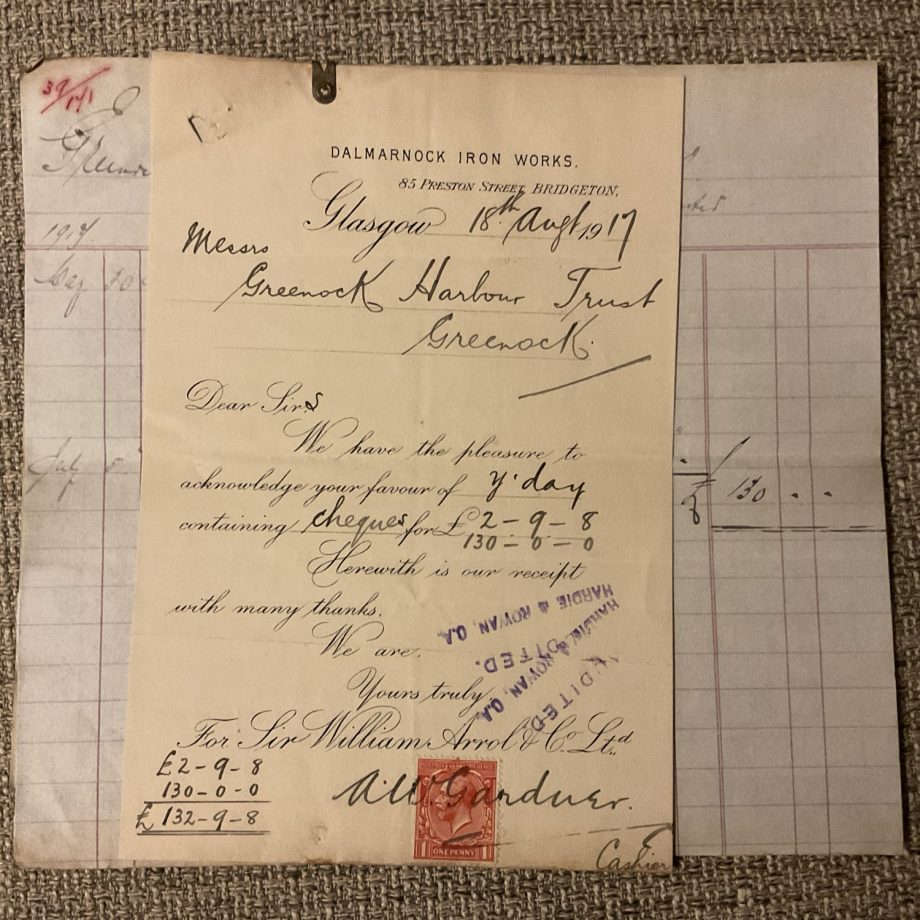
A 1917 bill and receipt from Sir William Arrol & Co to the Greenock Harbour Trust.
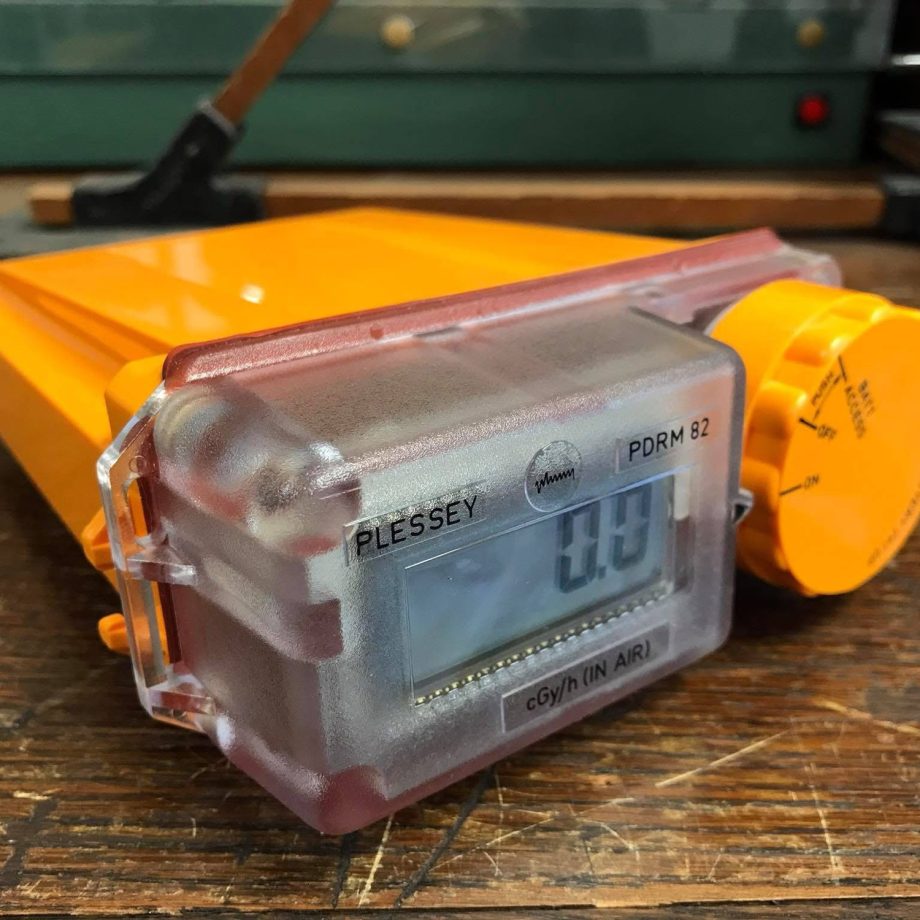
A Cold War era Plessey PDRM-82 Portable Dose Radiation Meter.
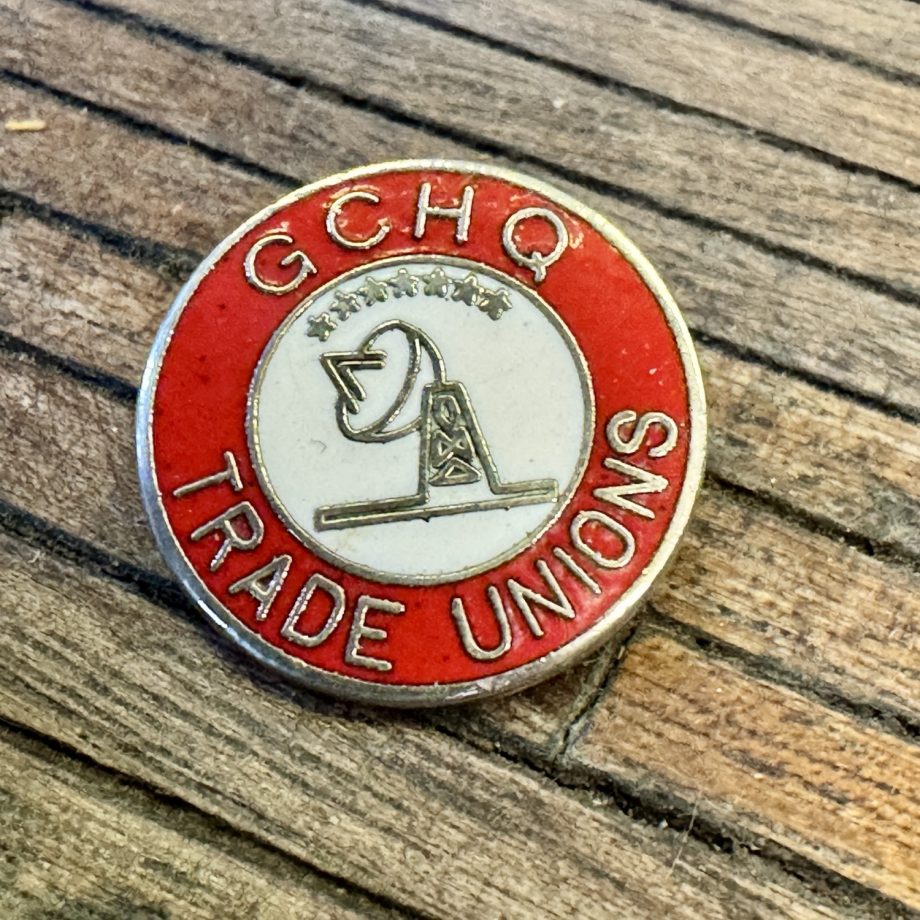
A small enamel badge for the Government Communication Headquarters trade unions.
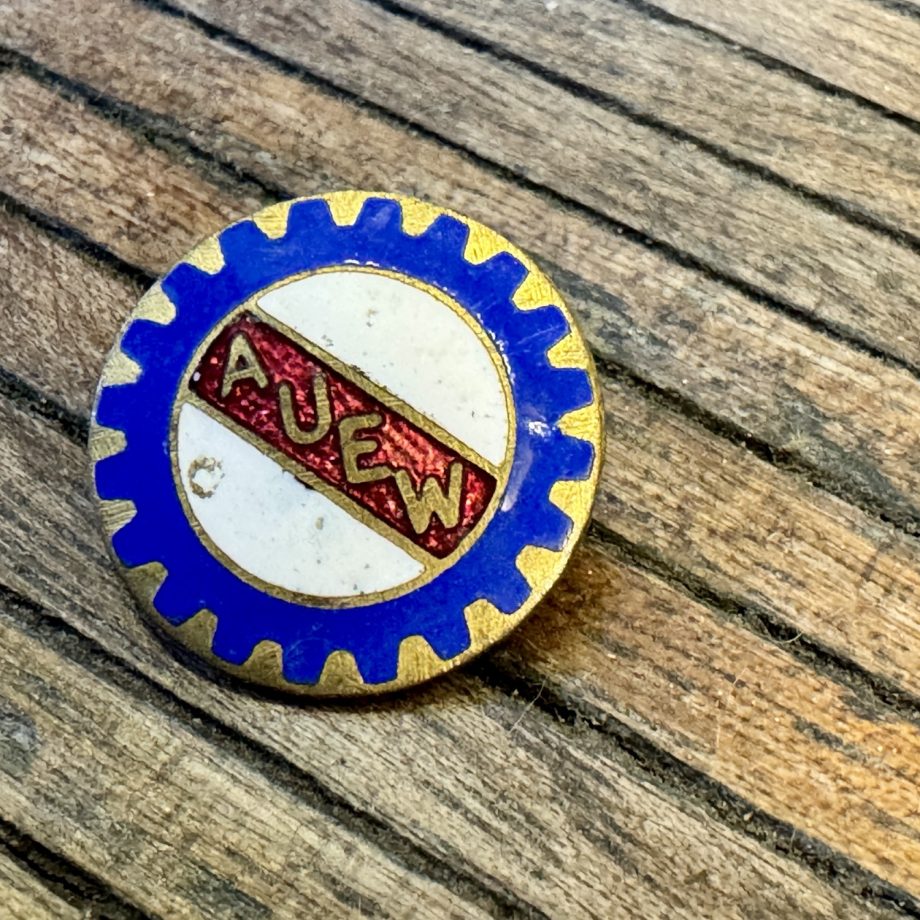
A small enamel badge for the Amalgamated Union of Engineering Workers, from the ‘70s.
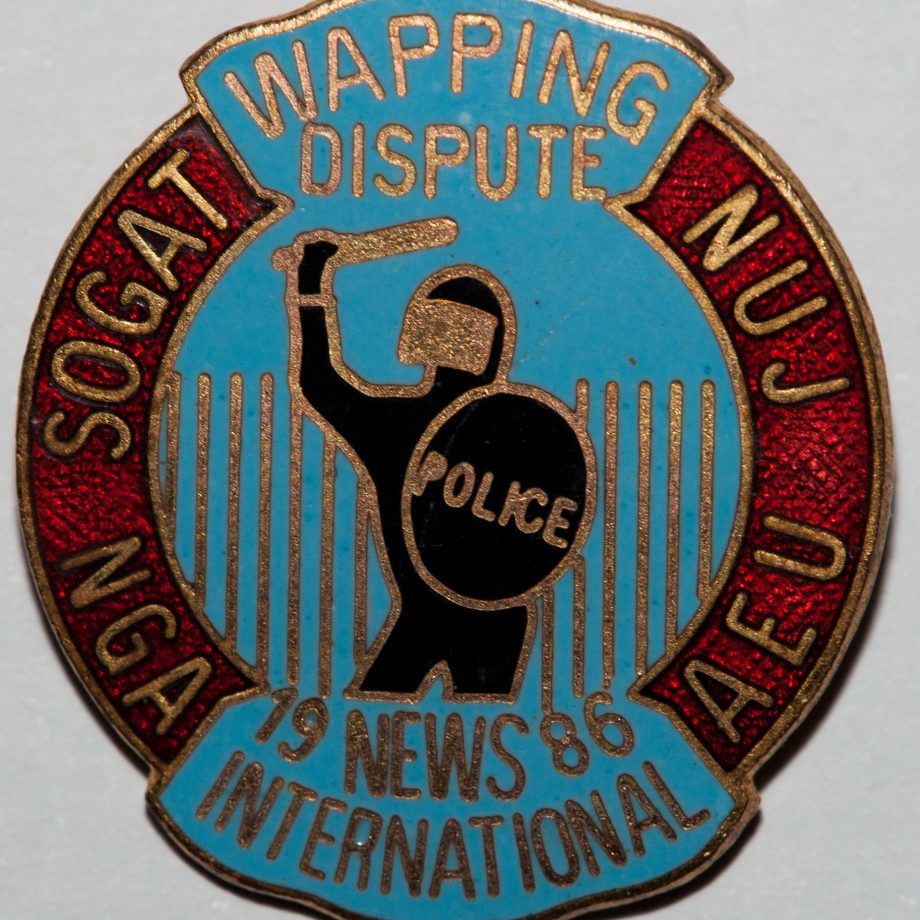
A trade union enamel badge from the News International disputes at Wapping in 1986.